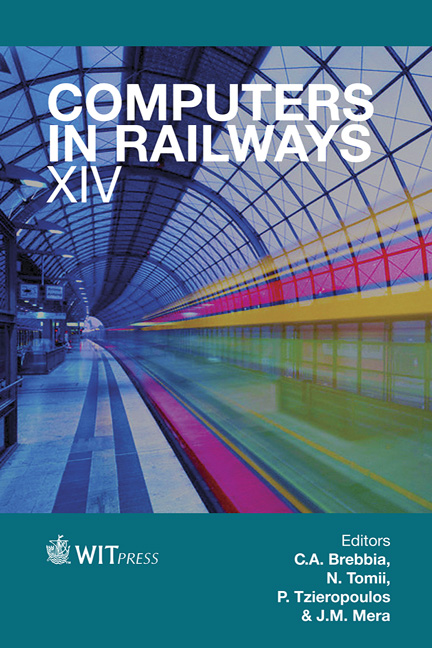Optimisation Of The DC Railway Power Feeding System Using The Embedded Simulation Technique
Price
Free (open access)
Transaction
Volume
135
Pages
8
Page Range
689 - 696
Published
2014
Size
340 kb
Paper DOI
10.2495/CR140571
Copyright
WIT Press
Author(s)
R. Takagi
Abstract
Generally, numerical optimisation is a process that requires significant computing resources. It requires either the iteration of evaluation of the simulation model on which the optimisation is performed or the integration of the analytical model in the optimisation algorithm itself. The former is the basic concept of \“embedded simulation”. However, because of the constraint in the available computing resources, even when the \“embedded simulation” approach is taken, the simulation model used in the optimisation process is somewhat simplified, which may make the optimisation results unreliable. If there is a proven, reliable simulation model or tool, and if there is no constraint on the available computing resources, it is preferable to use it without simplification in the optimisation process. In the optimisation of the DC railway power feeding network, there are a number of well-proven and reliable simulation programs; among them is RTSS, the simulator developed by the author. In this paper, the attempts made within the author’s research group at Kogakuin University, Tokyo, in the past few years are reviewed, together with a new result. Keywords: optimisation, DC power feeding networks for electric railways, multi-train power feeding network simulator, energy-saving operation, electric railways.
Keywords
optimisation, DC power feeding networks for electric railways, multi-train power feeding network simulator, energy-saving operation, electric railways.





